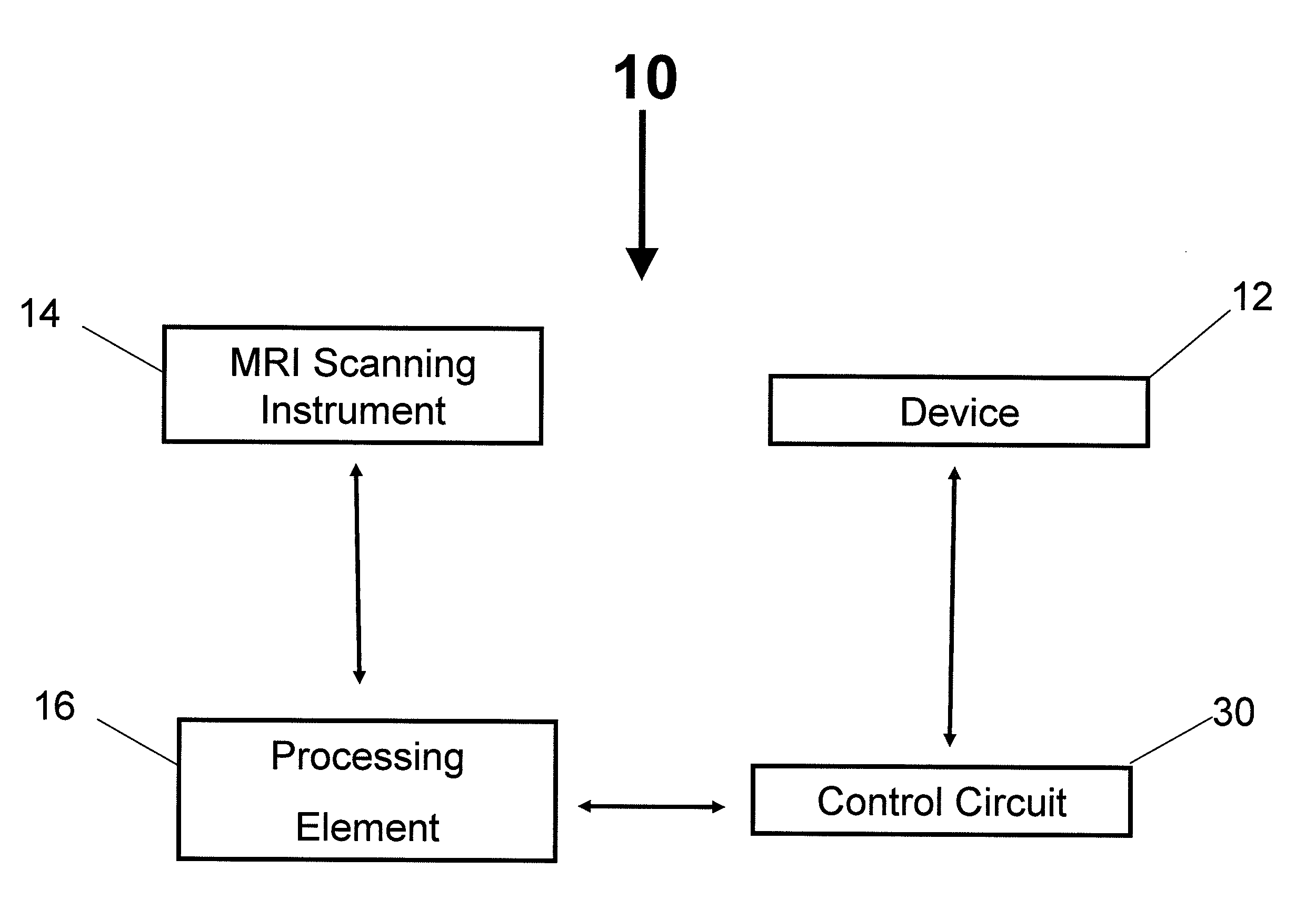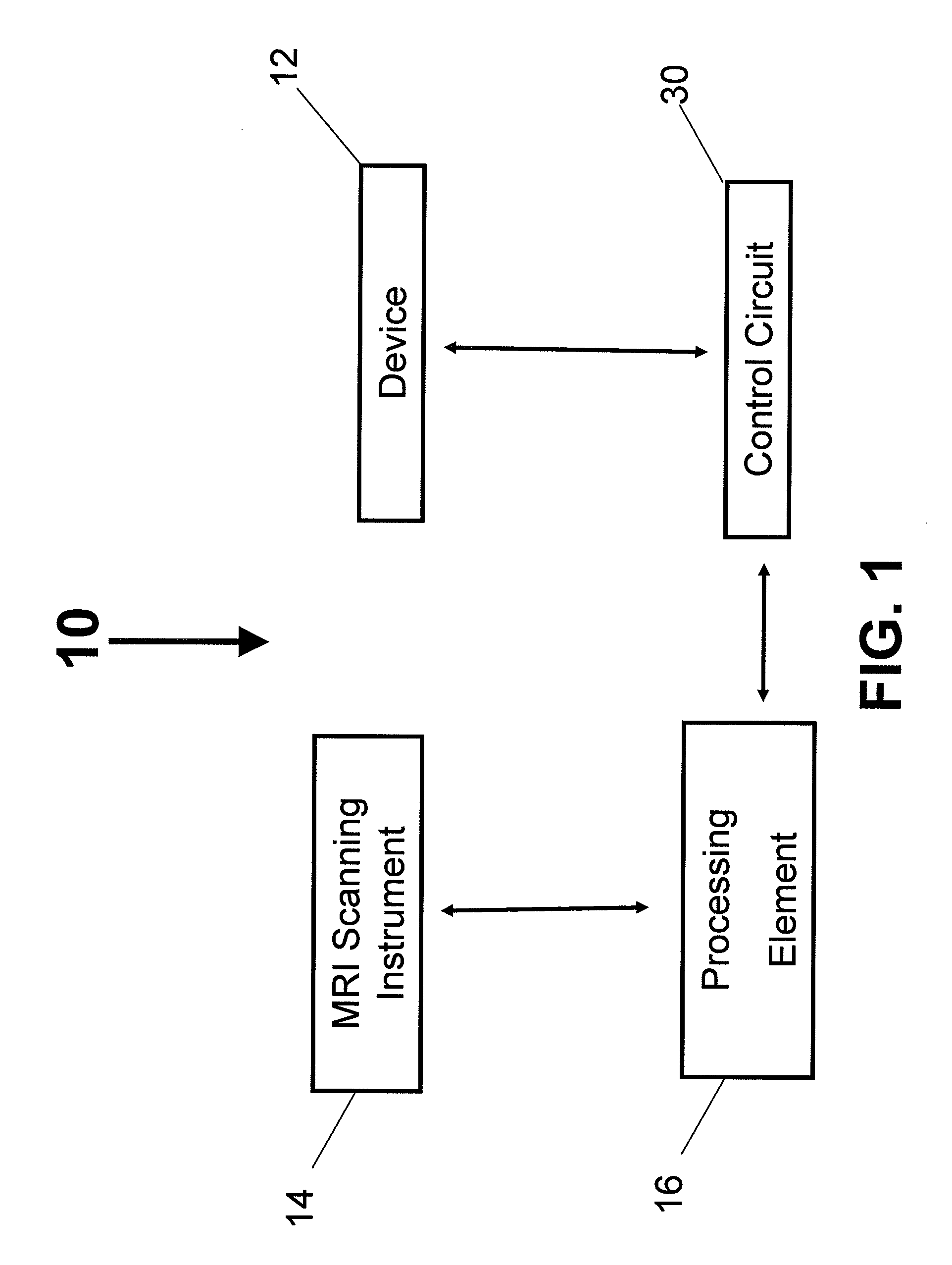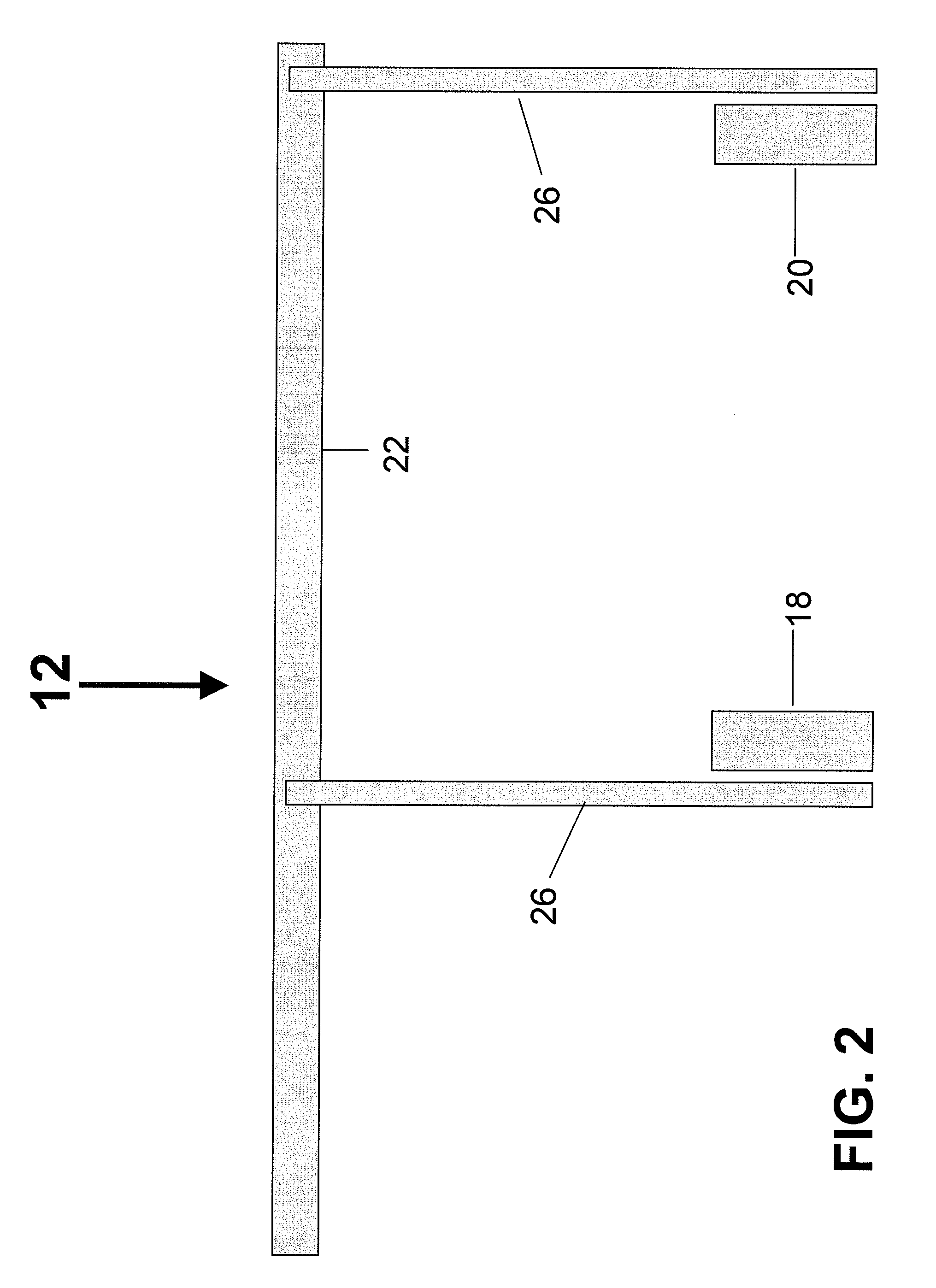Systems and methods for calibrating functional magnetic resonance imaging of living tissue
a functional magnetic resonance imaging and living tissue technology, applied in the field of systems and methods for calibrating functional magnetic resonance imaging of living tissue, can solve the problems of difficult to establish a calibration standard for in vivo fmri data, affecting the repeatability of acquiring bold/boss contrast signals, and challenging calibration within the field of fmri
- Summary
- Abstract
- Description
- Claims
- Application Information
AI Technical Summary
Benefits of technology
Problems solved by technology
Method used
Image
Examples
Embodiment Construction
[0014]The present invention will now be described more fully hereinafter with reference to the accompanying drawings, in which various embodiments of the invention are shown. This invention may, however, be embodied in many different forms and should not be construed as limited to the embodiments set forth herein. Rather, these embodiments are provided so that this disclosure will be thorough and complete, and will fully convey the scope of the invention to those skilled in the art. Like numbers refer to like elements throughout.
Overview
[0015]A method of calibrating an fMRI instrument according to a particular embodiment of the present invention comprises the steps of: (1) providing a BOLD / BOSS contrast signal simulation device that is configured for generating one or more pre-determined BOLD and / or BOSS contrast simulation signals that serve to simulate one or more endogenous BOLD / BOSS contrast signals generated by living tissue (e.g., a human brain); (2) positioning the BOLD / BOSS ...
PUM
 Login to View More
Login to View More Abstract
Description
Claims
Application Information
 Login to View More
Login to View More - R&D
- Intellectual Property
- Life Sciences
- Materials
- Tech Scout
- Unparalleled Data Quality
- Higher Quality Content
- 60% Fewer Hallucinations
Browse by: Latest US Patents, China's latest patents, Technical Efficacy Thesaurus, Application Domain, Technology Topic, Popular Technical Reports.
© 2025 PatSnap. All rights reserved.Legal|Privacy policy|Modern Slavery Act Transparency Statement|Sitemap|About US| Contact US: help@patsnap.com



